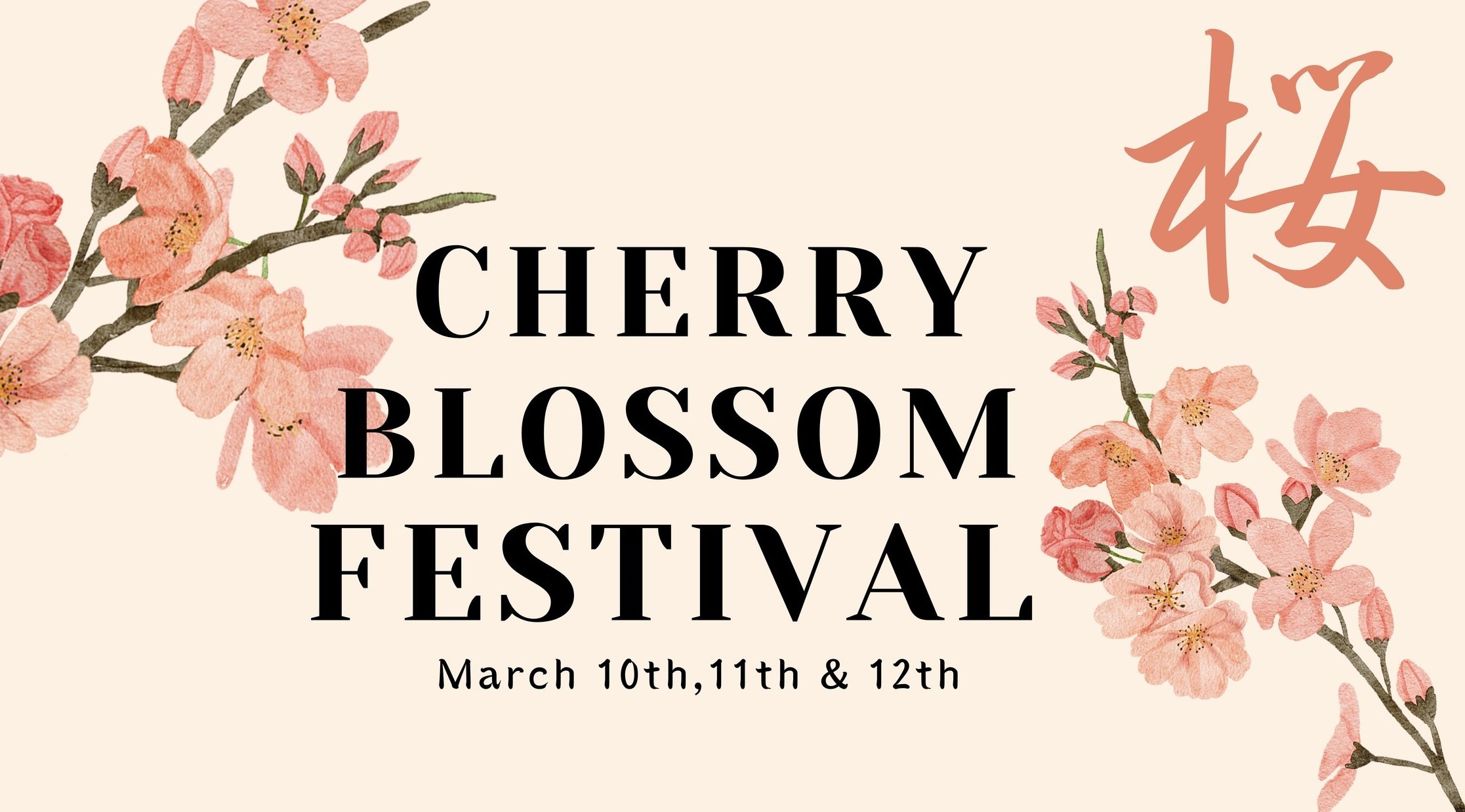
The Japanese Cherry Blossom Festival, also known as Hanami, is a celebration that captures the essence of Japan’s beauty and cultural heritage. This iconic event takes place every spring when cherry blossom trees, known as sakura, bloom in breathtaking hues of pink and white, transforming the landscapes into enchanting floral wonderlands. The festival is deeply rooted in Japanese tradition and holds a significant place in the hearts of the Japanese people. During the festival, locals and tourists alike gather under the flowering trees to enjoy picnics, drinks, and performances, creating a festive atmosphere filled with joy and camaraderie. From its historical significance to the mesmerizing beauty of the cherry blossoms, there are numerous fascinating facts about the Japanese Cherry Blossom Festival that make it one of the most revered cultural events in Japan. Let’s uncover some of the most interesting aspects of this captivating festival.
Key Takeaways:
- The Japanese Cherry Blossom Festival, known as Hanami, is a traditional celebration symbolizing the beauty of nature and the transient nature of life. It features picnics, cultural performances, and nighttime illuminations.
- The festival takes place in late March to early April, coinciding with the blooming of cherry blossoms across Japan. It is a time for joy, renewal, and appreciation of nature, attracting both locals and tourists.
The Japanese Cherry Blossom Festival, also known as Hanami, is a centuries-old traditional celebration.
During this festival, people gather under cherry blossom trees to admire their beauty and enjoy picnics with family and friends. It is a significant event in Japan, symbolizing the transient nature of life and the beauty of nature.
The festival usually takes place in late March to early April.
It coincides with the blooming of cherry blossoms across Japan, starting in southern regions and gradually moving northward. The exact timing varies each year depending on weather conditions.
There are many different varieties of cherry blossoms in Japan.
Some of the most popular ones include Somei Yoshino, Yamazakura, and Shidarezakura. Each variety has its unique characteristics, such as the shape and color of the blossoms.
The cherry blossom season is eagerly anticipated and celebrated by the Japanese people.
It is a time for joy, renewal, and appreciation of the beauty of nature. Many cities and towns hold festivals and events during this time, attracting both locals and tourists.
The Japanese Cherry Blossom Festival has deep roots in Japanese history and culture.
It has been celebrated for centuries and is often depicted in traditional Japanese art, literature, and poetry. The cherry blossoms symbolize the transient nature of life and the concept of mono no aware, which means the pathos of things.
The custom of hanami dates back to the Nara period (710-794) in Japan.
Originally, it was practiced exclusively by the imperial court and aristocrats who enjoyed viewing cherry blossoms and composing poems under the trees.
The Japanese government officially designated the cherry blossom as the national flower of Japan in 1992.
The cherry blossom holds great cultural and symbolic importance in Japanese society and is cherished by the Japanese people.
Many parks and gardens in Japan have designated areas for hanami.
These areas are often beautifully landscaped and feature a variety of cherry blossom trees, creating a stunning display of blossoms during the festival season.
The blooming of cherry blossoms is closely monitored and reported by the media.
The Sakura Zensen, or cherry blossom front, is eagerly awaited each year. It refers to the gradual blooming of cherry blossoms across the country and is reported daily on weather broadcasts and in newspapers.
During hanami, people gather with family and friends to enjoy food and drinks under the cherry blossom trees.
Popular dishes for hanami picnics include onigiri (rice balls), bento boxes, and sake. It is a time for relaxation, socializing, and appreciating the beauty of the blossoms.
Many traditional and modern cultural performances take place during the festival.
These can include tea ceremonies, traditional music and dance performances, and even modern concerts and fireworks displays in some larger cities.
The cherry blossom is not only revered in Japan but also holds cultural significance in other countries.
Cherry blossom festivals can be found in various parts of the world, such as the United States, South Korea, and the Netherlands, where cherry blossom trees were gifted by Japan.
The blooming of cherry blossoms is a highly anticipated event for tourists visiting Japan.
Many travelers plan their trips around the cherry blossom season to witness the beauty and cultural significance of this natural phenomenon.
There are special nighttime illuminations of cherry blossom trees.
These illuminations create a magical atmosphere and allow visitors to enjoy the beauty of the blossoms even after sunset.
The Japanese Cherry Blossom Festival has inspired numerous works of art and literature worldwide.
Many paintings, poems, and novels have been dedicated to capturing the beauty and symbolism of the cherry blossoms.
The blooming of cherry blossoms is heavily influenced by weather conditions.
Factors such as temperature, wind, and rainfall can affect the timing and duration of the cherry blossom season. Warm, sunny days are ideal for the full bloom of cherry blossoms.
The Japanese Cherry Blossom Festival is a time for reflection and appreciation of the fleeting beauty of life.
It reminds us to cherish the present moment and to embrace the changes and cycles of life, just as the petals of the cherry blossoms gracefully fall from the trees.
Conclusion
Japanese Cherry Blossom Festival, also known as “Hanami” in Japan, is a mesmerizing event that captivates people from all around the world. With its stunning display of cherry blossoms, rich traditions, and cultural significance, it is an experience like no other. Whether you’re a nature enthusiast, a photography lover, or someone looking to immerse yourself in Japanese culture, attending the Japanese Cherry Blossom Festival would be a memorable and enchanting experience. So, mark your calendars, grab your cameras, and get ready to be awestruck by the beauty of cherry blossoms in full bloom!
FAQs
1. When does the Japanese Cherry Blossom Festival take place?
The Japanese Cherry Blossom Festival typically takes place between March and April, with the exact dates varying each year depending on climate conditions.
2. Where is the best place to see the cherry blossoms in Japan?
Some of the most popular places to see cherry blossoms in Japan include Tokyo’s Ueno Park, Kyoto’s Maruyama Park, and Osaka Castle Park. However, cherry blossoms can be found in various locations throughout the country.
3. What activities can I expect at the Japanese Cherry Blossom Festival?
At the festival, you can participate in traditional tea ceremonies, enjoy live music performances, indulge in delicious Japanese cuisine, and take part in hanami parties where people gather under the cherry blossom trees for picnics and socializing.
4. Are there any special rituals associated with the festival?
Yes, there are several rituals and traditions associated with the Japanese Cherry Blossom Festival. One of the most popular is hanami, which involves enjoying the beauty of the cherry blossoms by gathering with friends and family beneath the trees.
5. How long do cherry blossoms usually last?
Cherry blossoms typically last for a week or two, depending on weather conditions. However, the blooming period can vary each year.
6. Can I attend the Japanese Cherry Blossom Festival if I’m not from Japan?
Yes, the Japanese Cherry Blossom Festival welcomes visitors from all around the world. It is a popular event for both locals and tourists, and everyone is invited to experience the beauty and cultural significance of the cherry blossoms.
7. Are there any specific customs or etiquette I should be aware of when attending the festival?
When attending the Japanese Cherry Blossom Festival, it is important to respect the environment and other visitors. This includes not picking or damaging the cherry blossoms, cleaning up after yourself, and following any rules or guidelines set by the organizers.
Immerse yourself in captivating cultural celebrations and natural wonders beyond Japan's enchanting Cherry Blossom Festival. Discover the vibrant traditions of the Lunar New Year, also known as the Spring Festival, a time for joyous reunions and festive delights. Uncover more mesmerizing facts about the delicate beauty of cherry blossoms, nature's breathtaking masterpieces that paint landscapes in soft hues of pink and white. Dive deeper into the fascinating world of sakura, exploring its rich symbolism and cultural significance in Japanese society and beyond.
Was this page helpful?
Our commitment to delivering trustworthy and engaging content is at the heart of what we do. Each fact on our site is contributed by real users like you, bringing a wealth of diverse insights and information. To ensure the highest standards of accuracy and reliability, our dedicated editors meticulously review each submission. This process guarantees that the facts we share are not only fascinating but also credible. Trust in our commitment to quality and authenticity as you explore and learn with us.


